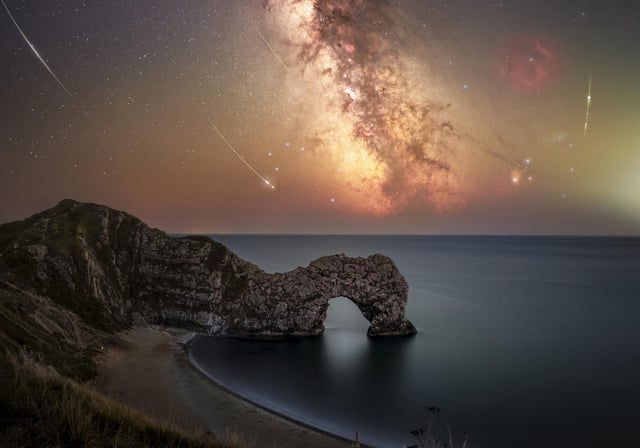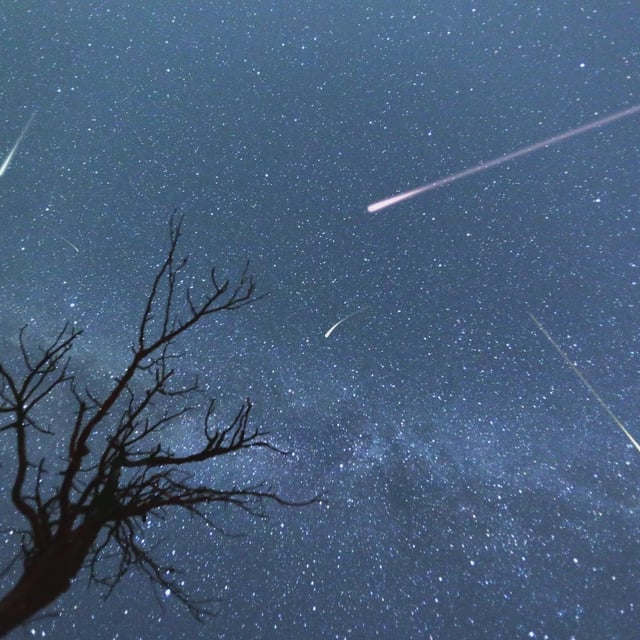Overview
- The shower remains active through roughly Aug. 23–24, giving skywatchers several more nights to look before it fades.
- Moonlight interference is easing, dropping to about 15% illumination overnight Monday into Tuesday before a new moon early Saturday that will improve contrast for fainter streaks.
- This year’s peak on Aug. 12–13 coincided with an 84% moon, cutting visible rates to about 10–20 meteors per hour instead of the 50–100 seen under dark skies.
- For the best chance, head to a dark site with a wide, unobstructed view, watch in the pre-dawn hours, face generally north toward Perseus, use only your eyes, and allow about 30 minutes for dark adaptation.
- Local weather will dictate final opportunities; in Northeast Ohio, forecasters expect clouds Tuesday into Wednesday with clearer nights returning Thursday and Friday under high pressure.


